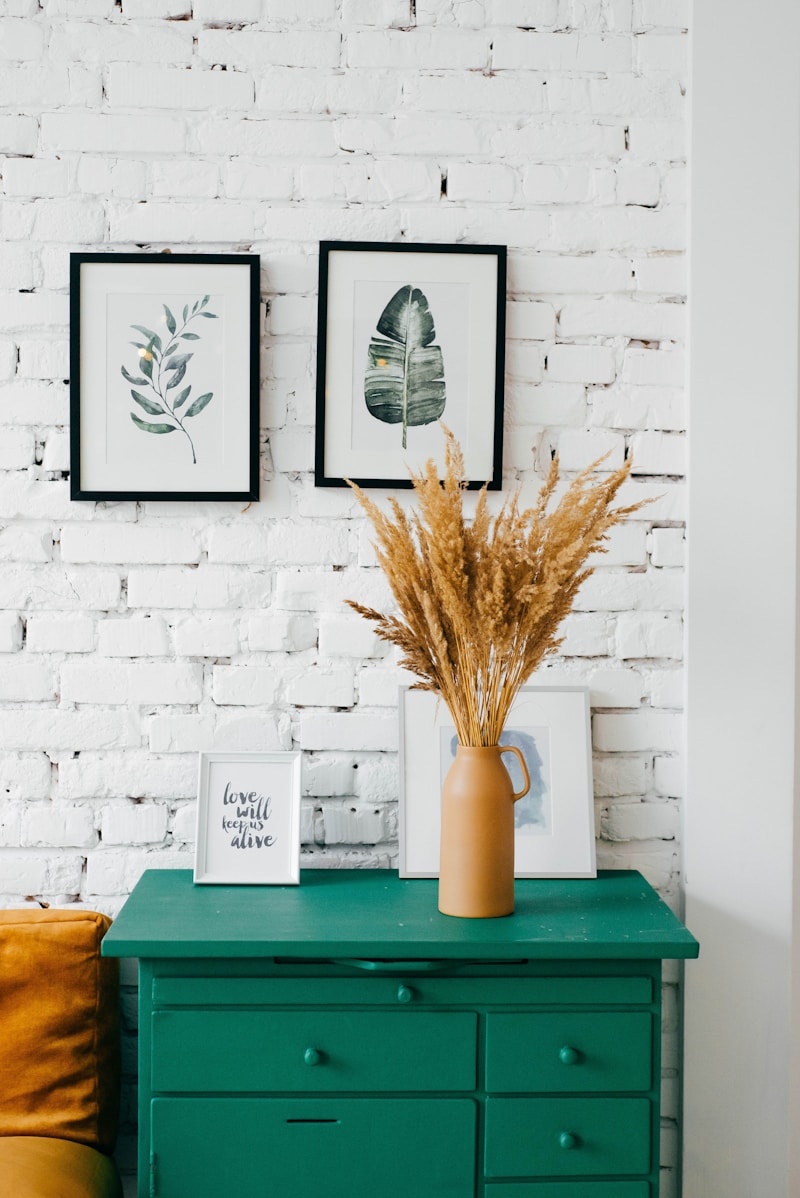Exploring Raw and Organic Textures: A Deep Dive into Nature's Artistry
The Allure of Raw and Organic Textures
In the world of design, the term Raw and Organic Textures has emerged as a preferred aesthetic choice for many creators. From interior design to fashion, these textures embody a sense of authenticity and a connection to nature that resonates deeply with modern sensibilities. In this article, we will explore the definition of these textures, their applications, and how they can be effectively integrated into various fields.
Understanding Raw and Organic Textures
Raw textures are those that are unrefined and exhibit the inherent qualities of the materials they are made from. Organic textures, on the other hand, evoke a natural feel and are often inspired by nature, featuring patterns, colors, and forms found in the wild. Together, these textures create a unique visual language that speaks to the beauty of imperfection and the richness of nature.
| Texture Type | Characteristics | Applications |
| Raw Textures | Unfinished surfaces, earthy tones, natural irregularities | Architecture, art, product design |
| Organic Textures | Flowing patterns, natural motifs, vibrant colors | Textiles, graphic design, landscaping |
Why Choose Raw and Organic Textures?
The choice to incorporate raw and organic textures into design is not merely aesthetic; it reflects a larger trend towards sustainability and mindfulness within the industry. In a world overwhelmed by mass production, these textures symbolize a return to authenticity and the appreciation of natural materials. Consumers are increasingly seeking out products that tell a story, and raw and organic textures fit this narrative perfectly.
Applications in Various Fields
Let’s delve into how these textures are utilized in various domains:
1. Interior Design
In interior design, raw and organic textures can be seen in the use of reclaimed wood, exposed brick, and natural stone. These materials not only bring warmth and character to a space but also contribute to a home’s sustainability. Designers often pair these textures with modern furniture to create juxtaposition, enhancing the overall aesthetic.

2. Fashion Design
The fashion industry has embraced raw and organic textures by incorporating natural fibers such as linen, hemp, and cotton into their collections. Designers are increasingly focused on ethical production methods, which include sourcing sustainable materials and promoting transparency in their supply chains. This shift not only appeals to environmentally-conscious consumers but also influences fashion trends.
3. Graphic Design
Raw and organic textures are also prevalent in graphic design, where they add depth and intrigue to visual content. Designers utilize these textures in branding, packaging, and promotional materials to create a tactile quality that draws viewers in. This approach can elevate a brand’s identity and make it stand out in a crowded market.
4. Landscaping and Architecture
In architecture and landscaping, the use of raw and organic textures enhances the beauty of outdoor spaces. Natural materials such as stone, wood, and plants are integrated into designs to create environments that resonate with the natural world. This approach not only fosters sustainability but also promotes well-being by encouraging humans to connect with nature.
Finding Inspiration
Inspiration for incorporating raw and organic textures can be found everywhere in nature. For those looking to infuse their designs with these elements, consider exploring natural landscapes, visiting botanical gardens, or studying the materials from local artisans. Whether it’s the rough surface of a rock or the delicate veins of a leaf, nature has endless textures that can inspire creativity.
Conclusion: Embracing Raw and Organic Textures
As we navigate a world increasingly focused on sustainability and authenticity, Raw and Organic Textures have emerged as a powerful choice for those looking to create meaningful and beautiful designs. Whether in interior spaces, clothing, graphic art, or landscapes, these textures speak to our desire for a connection with nature and a return to the roots of craftsmanship. When choosing to incorporate these textures into your projects, consider not only their aesthetic appeal but also their environmental impact and the stories they tell.
Recommendations: If you're looking to integrate raw and organic textures in your work, start with small changes. Experiment with different materials, research sustainable sources, and don’t be afraid to embrace imperfections; they often tell the best stories. Ultimately, the goal is to create designs that celebrate nature and foster a deeper connection with the world around us.
In conclusion, raw and organic textures present a unique opportunity for creators to explore different dimensions of their work. As this trend continues to grow, embracing these textures can lead to more meaningful and impactful designs.